Treasures of the Moscow Metro: Yellow Line stations where mythological creatures live

Novogireyevo
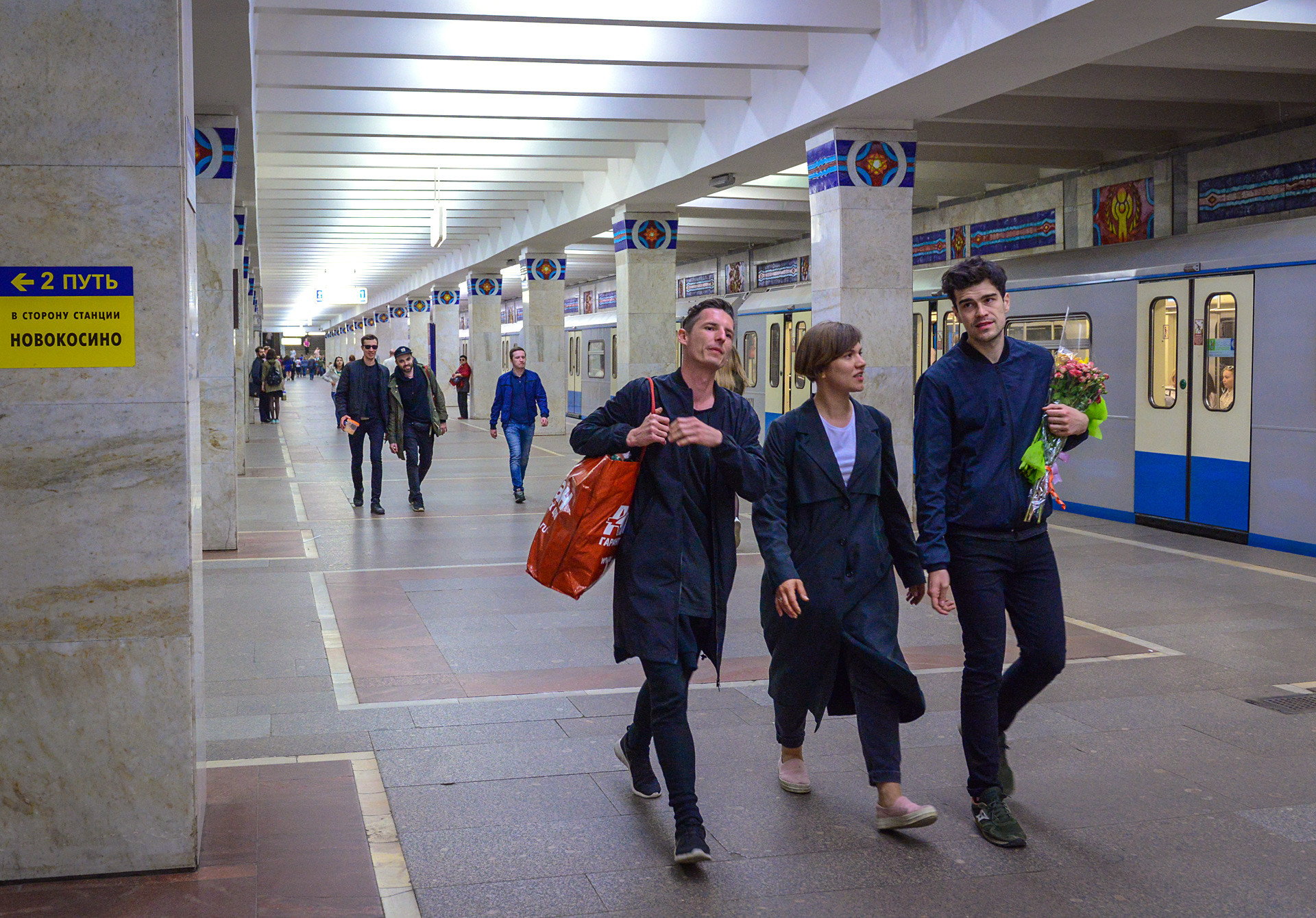
The pillars and walls of the station are decorated with scarlet friezes devoted to the nature of the Moscow Region. This is not
Perovo

Shosse Entuziastov
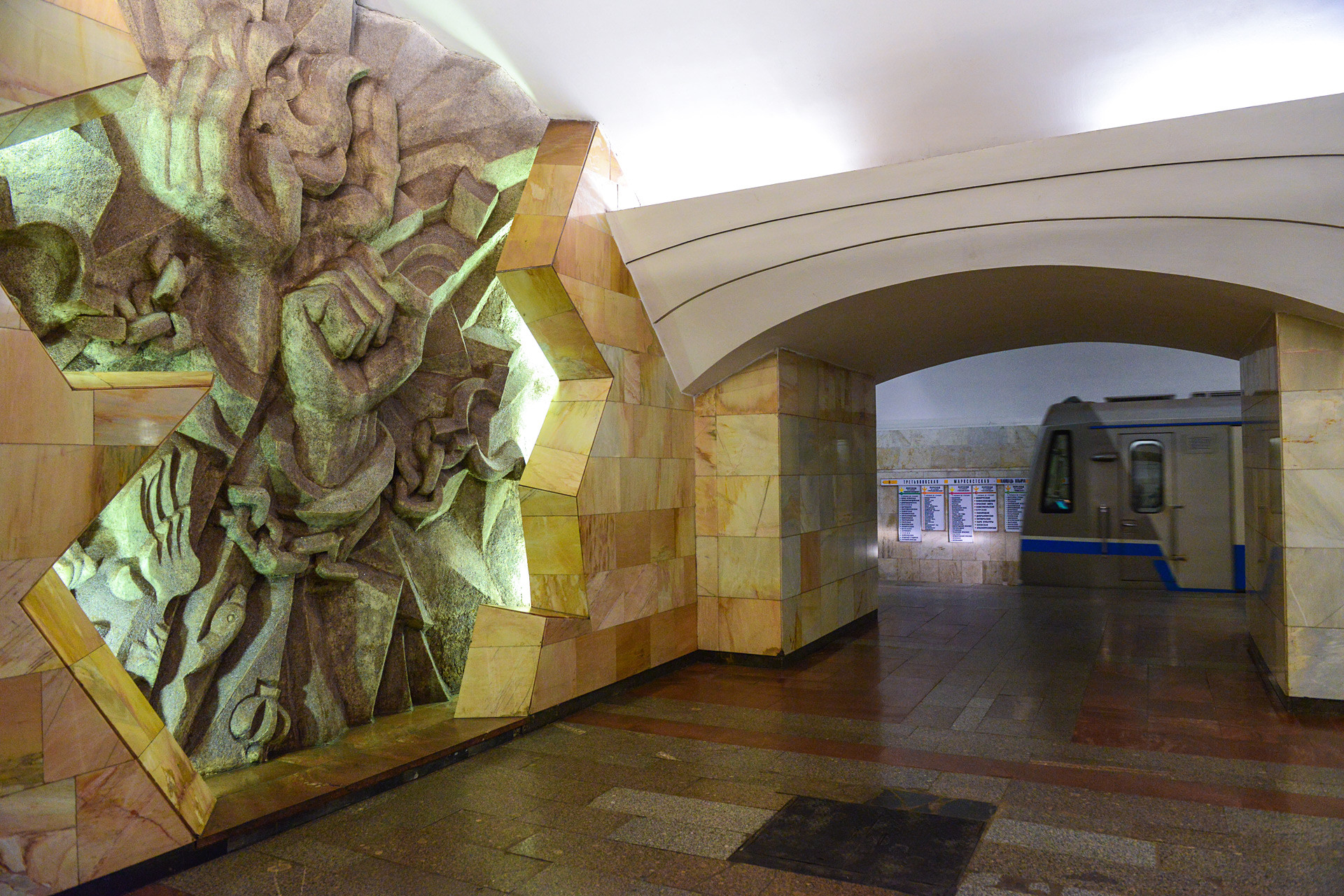
Before the 1917 Revolution, the site of the future station was traversed by Vladimir Highway (Vladimirka), a road along which convicts marched to Siberia on their way to hard labor, known in Russian as “katorga”. That’s why the fight for freedom in the Russian Empire was picked as the main motif of the station’s decoration. At the end of the hall, one can find the sculpture composition “Flame of Freedom,” with giant stone hands breaking their chains.
On the
Aviamotornaya
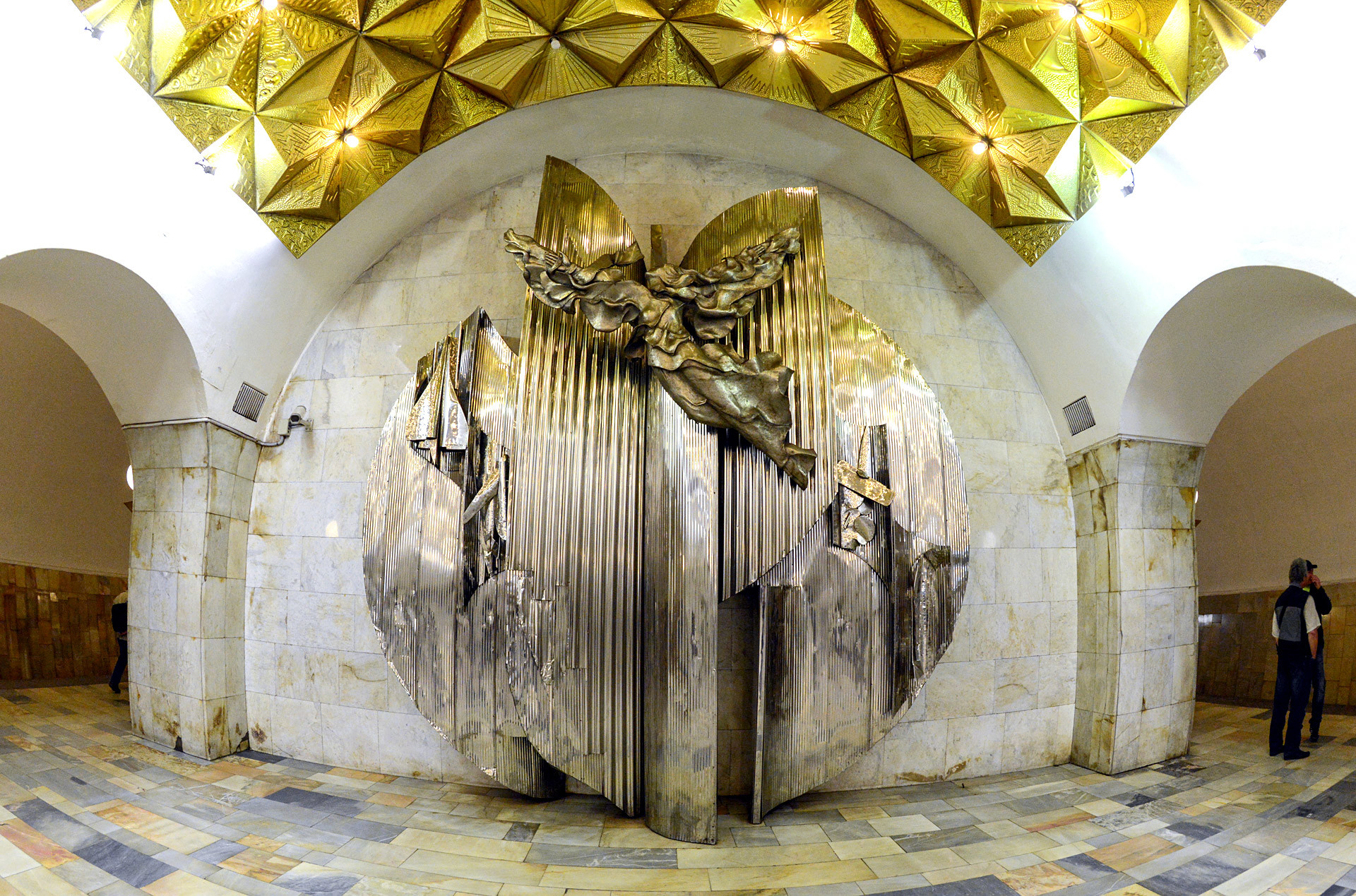
The station’s roof has been styled to look like a magic carpet – it consists of numerous gold anodized pyramids with two types of images: sunrays and night stars.
Ploshchad Ilyicha
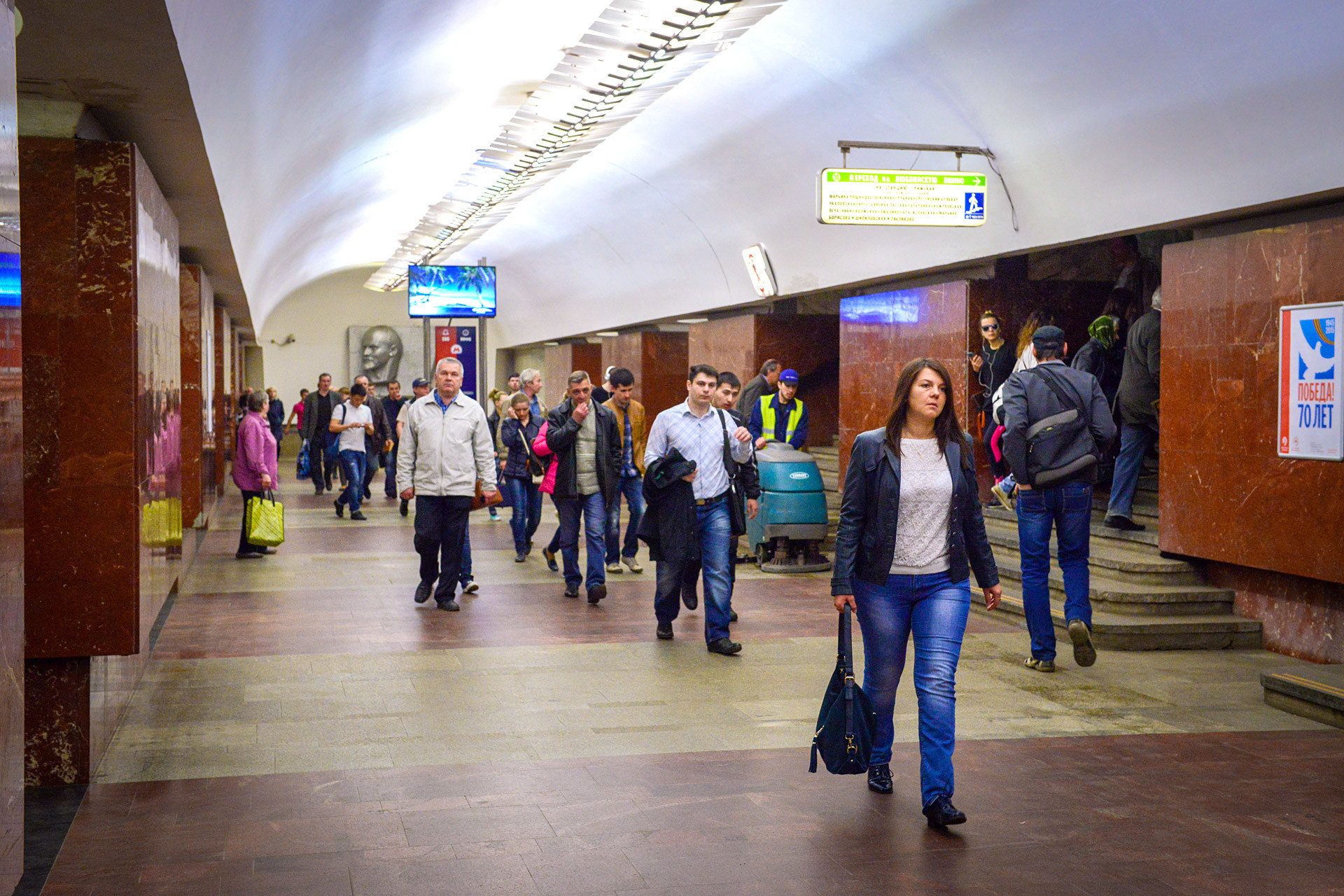
Ploschchad Illyicha (“Ilyich Square”) is named after Vladimir Lenin (his patronymic, to be precise) and has a bust of him in the hall. But the most interesting feature of the station is that in its columns, made out of red marble, one can find real fossils of ancient crinoids,
Tretyakovskaya
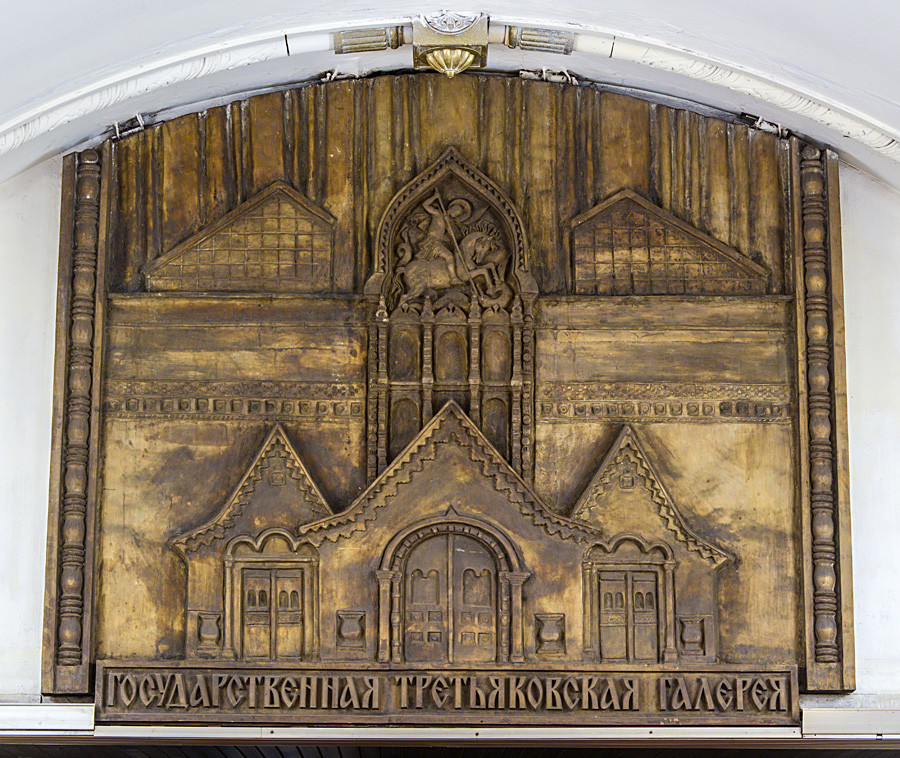
The station was named after nearby Tretyakov Gallery, the foremost repository of Russian fine art anywhere in the world. The station walls are decorated with the bronze bas-reliefs of Russian artists, sculptors and icon painters.
Above the
Park Pobedy
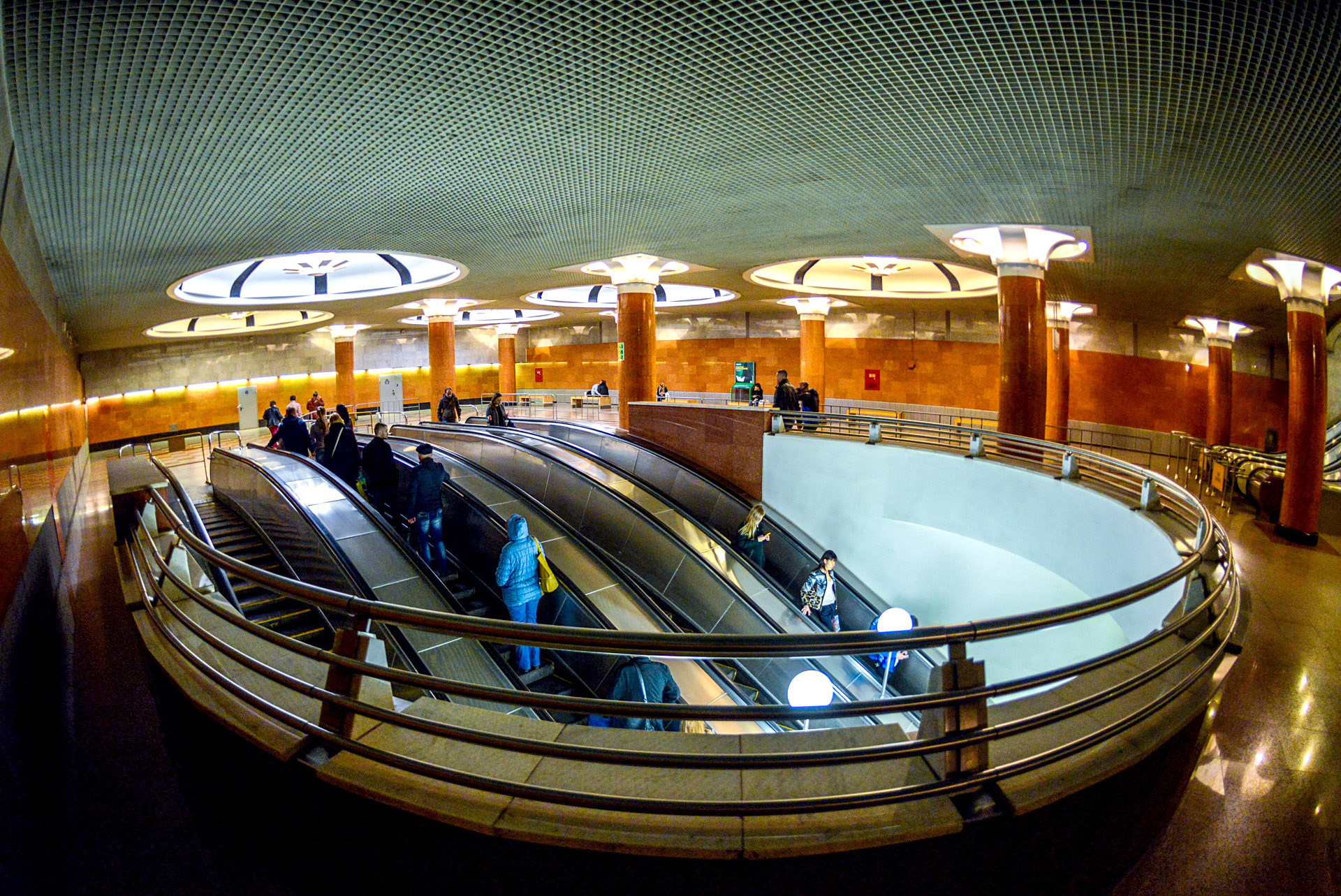
Park Pobedy (Victory Park) has the longest (126 m) escalators in the Moscow Metro. The station’s decorations are devoted to victories in the Great Patriotic War (1941-1945) and the Patriotic War of 1812.
The end of the hall is decorated with an image depicting Russian army commanders during the Napoleonic invasion of Russia, made by Zurab Tsereteli. The analogous work on the opposite end of the hall by the same artist was devoted to victory in the Great Patriotic
If using any of Russia Beyond's content, partly or in full, always provide an active hyperlink to the original material.
Subscribe
to our newsletter!
Get the week's best stories straight to your inbox